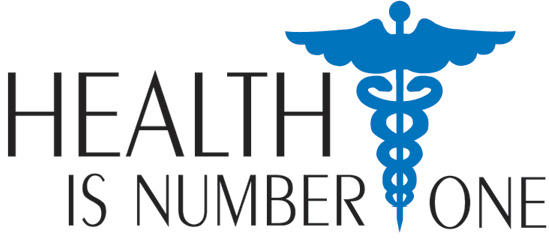Health Library ~ Family Medicine in Mullica Hill, NJAll material copyright Craig M. Wax, DO unless otherwise denoted. Sudden Infant Death Syndrome By Craig M. Wax, DO Every year thousands of seemingly healthy American babies go to sleep and never wake up. Sudden infant death syndrome, known commonly as SIDS or crib death, is a condition that typically attacks infants as they sleep. While SIDS is the most common cause of death in babies between the ages of 1 and 12 months, researchers have yet to find the cause. "SIDS refers to any death of a baby younger than 1 year old without an identified reason," explains Craig M. Wax, D.O., an osteopathic family physician practicing in Mullica Hil, NJ. "Since it has no known cause, it cannot be predicted or entirely prevented." He explains that researchers have found several risk factors that can place infants at increased risk for SIDS. These include: Male babies. Infants between two weeks and six months of age. This is the most vulnerable time period in the baby's life. Premature babies or infants weighing less than 4.5 pounds. African American or American Indian ethnicity. Babies born to mothers with placenta previa. Placenta previa occurs when the placenta covers all or part of the cervix during pregnancy. In addition to these predetermined risk factors, Dr. Wax adds an easily preventable risk factor. "Pregnant mothers and their infants should never be in contact with smoke. Smoking cigarettes during pregnancy puts the baby at considerably higher risk for SIDS. The risk is proven to increase with the number of cigarettes smoked. In addition, infants that are exposed to secondhand smoke are harder to wake from sleep, which makes them susceptible to SIDS." While there is no proven way to prevent SIDS, Dr. Wax says that there are several steps a parent can take to help their infants sleep safely. "The most important precaution for sleeping babies is to place them on their backs. This is the safest sleep position for infants under the age of 1 as the position helps them breathe easier. The simple action of training your babies to sleep on their backs can greatly decrease the risk of SIDS," explains Dr Wax. "It is equally important to train other childcare providers to lay babies on their backs when they take a nap or go to sleep at night. " He further explains additional precautions that parents can take to make a safe sleeping environment for their infants: Bedding: Use a firm mattress and avoid placing thick or fluffy padding on the bed, as this may interfere with breathing if the baby?s face is pressed up against it. Instead, consider using infant sleep clothing that does not require blankets. If covers are necessary, securely tuck them in at the foot of the crib and allow the blanket to come just up to the baby's shoulders. Room temperature: Keep the room at a comfortable temperature for someone wearing a long-sleeved shirt and pants. Crib or bassinet: It is unsafe to place infants in the bed with their parents. Therefore, babies should sleep in their own crib or bassinet. However, infants who sleep in the same room as their mothers have a lower risk of SIDS. Pacifier: Sucking on a pacifier reduces the risk of SIDS, but do not force the pacifier if the infant is uninterested. Also, do not place the pacifier in the baby's mouth after he or she has fallen asleep. Lastly, if the baby is breast-feeding, wait until he or she is 1 month old before offering the pacifier. "Also, never rely on home monitors or other monitoring devices for your infant's safety," explains Dr. Wax. "Although they may help, these have not yet been proven to work." He also stresses that while SIDS can cause parents major concern, it is important to understand that SIDS is rare. "Parents should take precautions but should not let fear of this syndrome keep them from enjoying their baby." |
|





